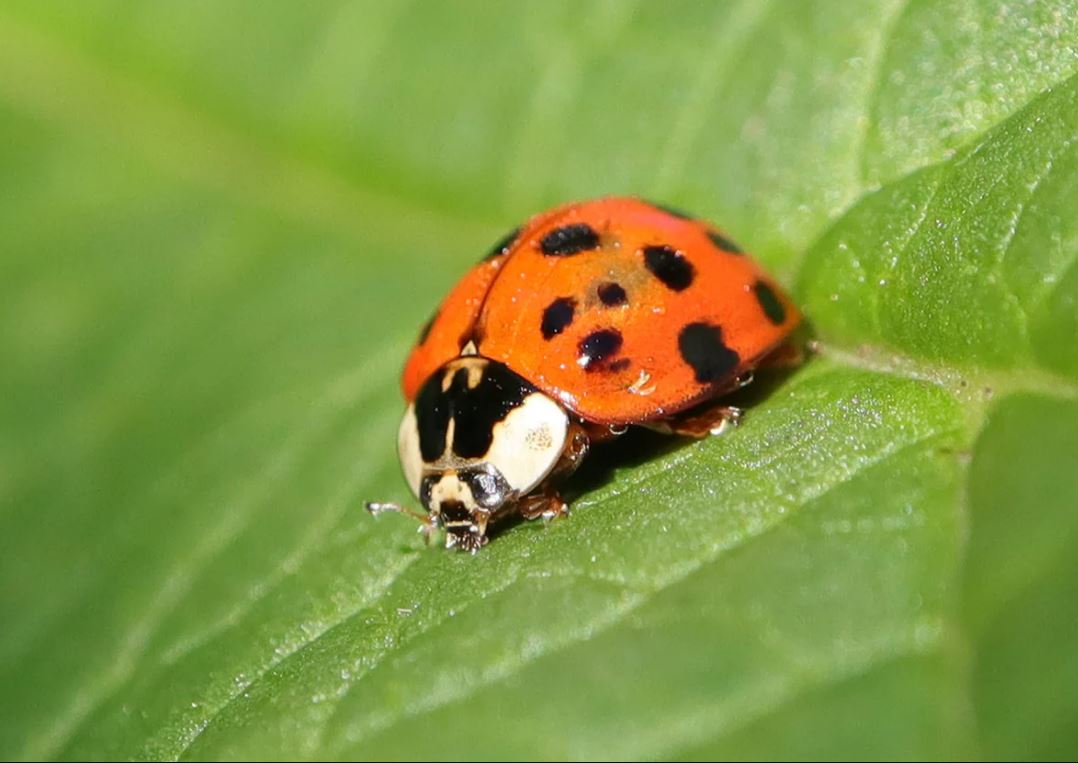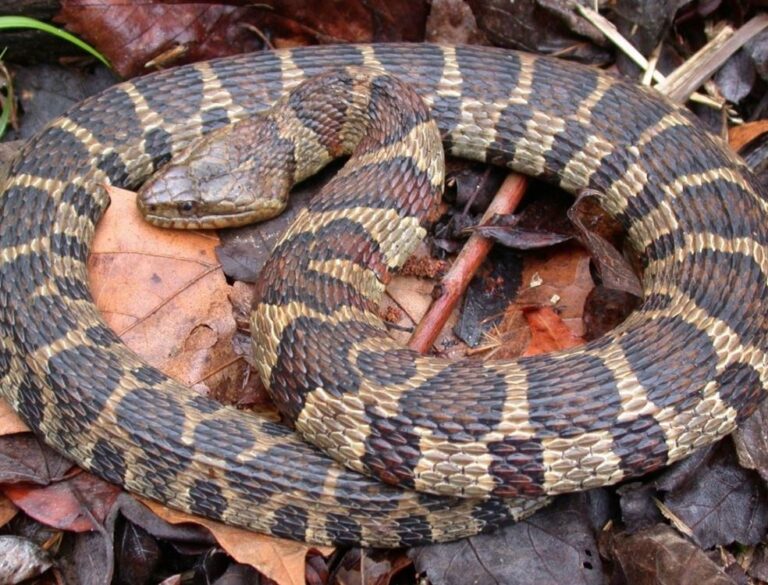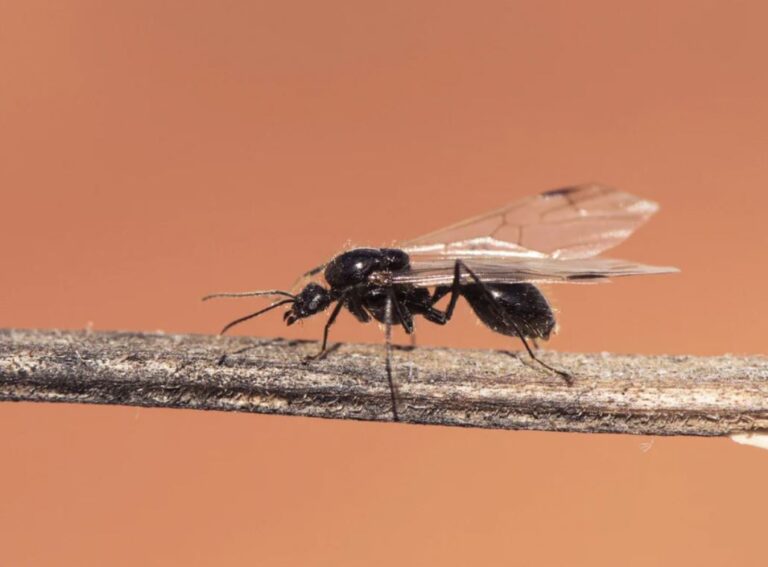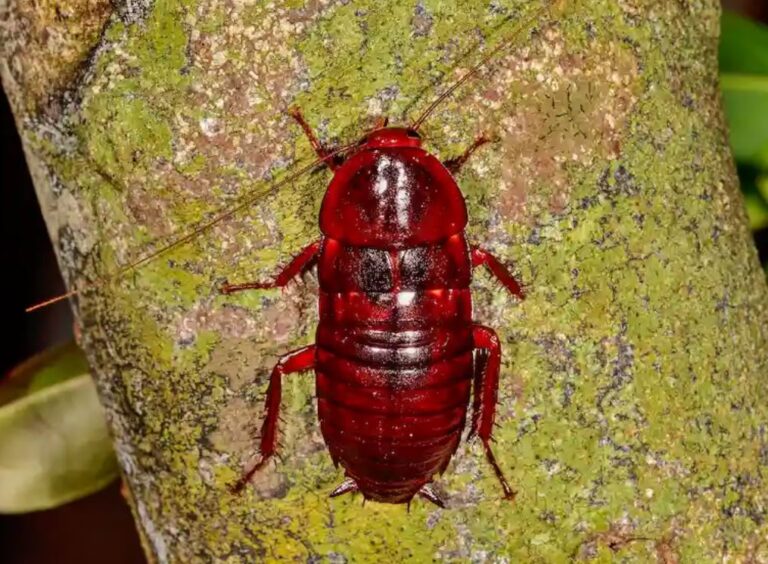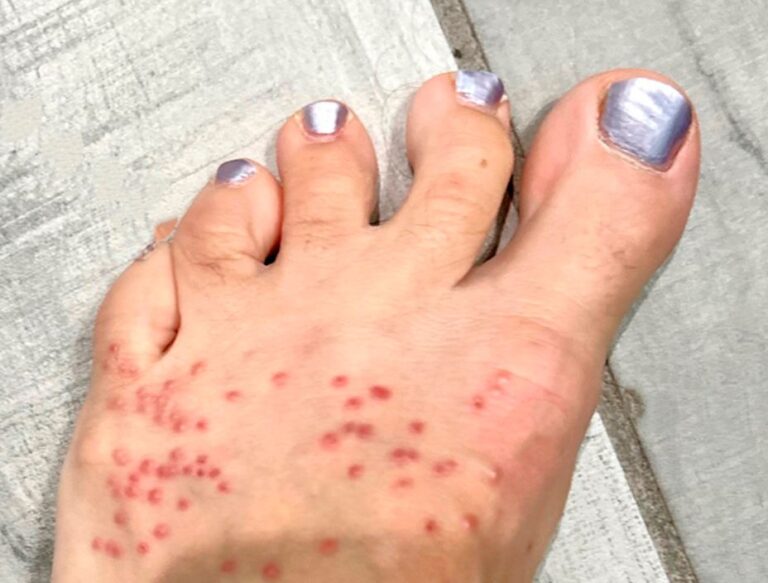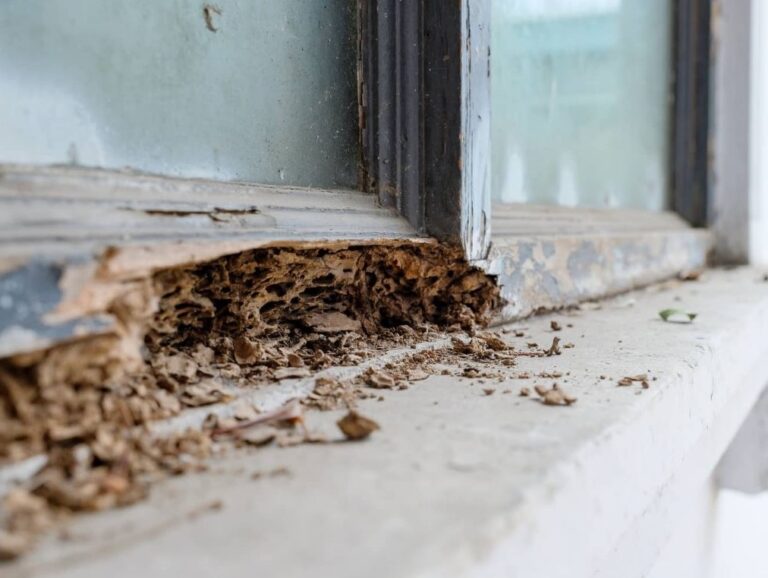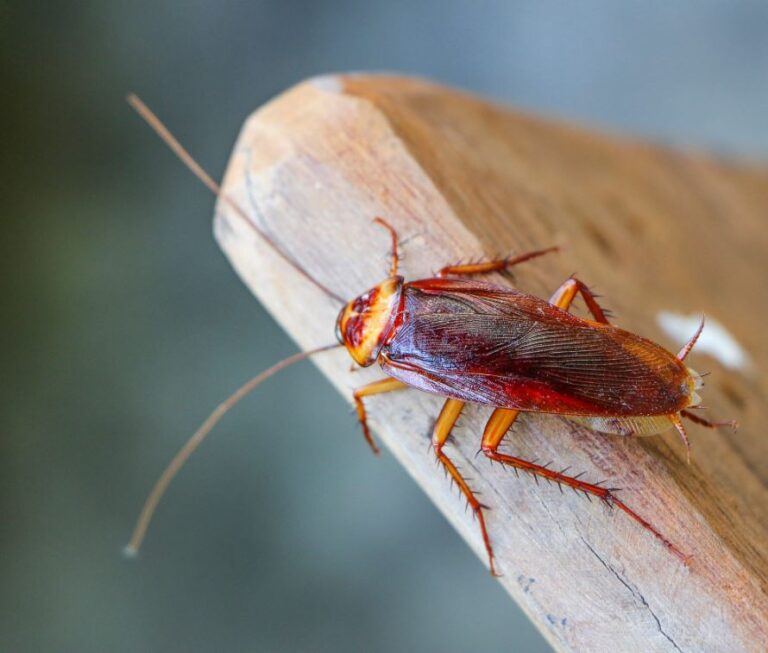Ladybugs vs. Asian Lady Beetles: How To Tell the Difference
Ladybugs are beloved garden allies, often seen as symbols of good luck. But did you know that not all small, spotted beetles are true ladybugs? The Asian lady beetle (Harmonia axyridis), a close relative, is frequently mistaken for native ladybugs—and while they do share some benefits, they also come with notable downsides.
Learning to distinguish between these two can help gardeners, homeowners, and nature enthusiasts understand which beetles are beneficial and which might become a nuisance. In this article, we’ll explore the key differences in appearance, behavior, and ecological impact between ladybugs and Asian lady beetles.
1. Origins and Introduction
Native Ladybugs (Coccinellidae Family)
- Native to: North America and Europe (species like the seven-spotted ladybug, Coccinella septempunctata).
- Role in the ecosystem: Voracious predators of aphids, scale insects, and other garden pests.
- Cultural significance: Considered lucky in many cultures and widely appreciated by gardeners.
Asian Lady Beetles (Harmonia axyridis)
- Native to: Eastern Asia (China, Japan, Korea).
- Introduced to: North America and Europe in the 20th century for pest control.
- Problematic traits: Can outcompete native ladybugs, invade homes in large numbers, and occasionally bite.
2. Physical Differences: How to Spot the Variations
At a glance, ladybugs and Asian lady beetles look similar, but several key features can help you tell them apart.
| Feature | Native Ladybugs | Asian Lady Beetles |
|---|---|---|
| Color | Bright red (most common) | Orange to deep red, sometimes yellow |
| Spot Patterns | Consistent, symmetrical spots (e.g., 7 or 9 spots) | Highly variable—may have many spots, few, or none |
| Markings on Head | Mostly black with small white cheeks | Often has a white “M” or “W” shape behind the head |
| Body Shape | Round and dome-shaped | Slightly longer and more oval |
| Texture | Smooth, shiny shell | May have a rougher texture |
Key Identification Tips:
- Look for the “M” mark: The most reliable way to identify an Asian lady beetle is the white marking behind its head, resembling an “M” or “W.”
- Check the color: Asian lady beetles tend to be more orange than the classic bright red of native ladybugs.
- Count the spots (sometimes): While some native ladybugs have a set number of spots, Asian lady beetles can have anywhere from zero to 19 spots—or even irregular patterns.
3. Behavioral Differences: Friend or Foe?
Native Ladybugs
✅ Beneficial: Excellent pest controllers, feeding on aphids and other soft-bodied insects.
✅ Non-invasive: Rarely enter homes in large numbers.
✅ Gentle: Do not bite humans.
Asian Lady Beetles
⚠️ Aggressive competitors: Outcompete native ladybugs for food and habitat.
⚠️ Home invaders: In fall, they seek shelter indoors, clustering in walls, attics, and windows.
⚠️ Can bite: While not venomous, they may nip if handled, causing minor irritation.
⚠️ Odor & stains: When disturbed, they release a yellow defensive fluid that can stain surfaces and produce a musty smell.
4. Ecological Impact: Are Asian Lady Beetles Harmful?
While Asian lady beetles do help control pests, their invasive nature raises concerns:
- Displacement of native species: They reproduce faster and compete with native ladybugs, leading to population declines.
- Agricultural impact: In vineyards, they can taint wine grapes with their bitter secretions.
- Household nuisance: Large indoor infestations can be difficult to manage.
However, they are not without benefits—they still consume large numbers of aphids, making them useful in certain agricultural settings.
5. How to Manage Asian Lady Beetle Invasions
If Asian lady beetles are becoming a problem in your home, try these humane and eco-friendly solutions:
- Seal entry points: Caulk cracks around windows, doors, and siding in late summer before they seek shelter.
- Use light traps: Indoor light traps can help reduce their numbers without pesticides.
- Vacuum them up: Gently remove clusters with a vacuum (empty the bag immediately to prevent odors).
- Deterrent scents: Citrus, cloves, or bay leaves may repel them.
Avoid crushing them, as their defensive secretions can stain and attract more beetles.
Conclusion: Appreciating Both—With Caution
While native ladybugs are universally welcomed, Asian lady beetles present a mixed bag—valuable for pest control but problematic when they invade homes or disrupt local ecosystems. By learning to identify them, you can better manage their presence while supporting native ladybug populations.
Next time you spot a brightly colored beetle in your garden, take a closer look—does it have an “M” marking? If so, you might be dealing with an Asian lady beetle. Either way, both play a role in nature’s balance, even if one requires a bit more caution!

